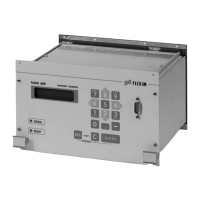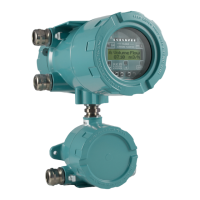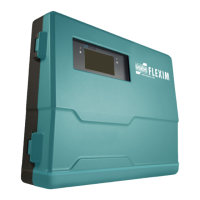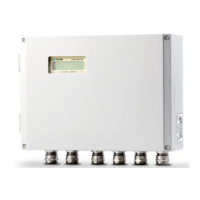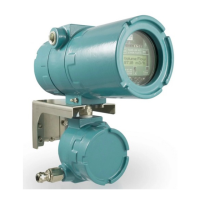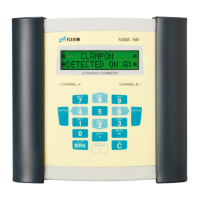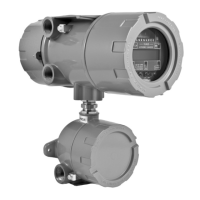14 User modes
PIOX S72* 14.1 StandardUser mode
139
UMPIOX_S72xV1-9EN, 2022-05-15
14.1.2 Turbulence mode
In the presence of high turbulence, i.e., high Reynolds numbers or disturbed flow profiles due to short inlet and outlet
lengths, there are large fluctuations in the transit time of the ultrasonic signals, resulting in poor signal quality (e.g.,
reduction in signal amplitude, increase in gain). An unstable measurement with frequent signal losses and diagnostic
values VariAmp > 5 % indicate strong turbulence. Here it can be helpful to activate the turbulence mode.
Requirement for a measurement wit activated turbulence mode
• The SNR has to be > 15 dB with deactivated turbulence mode.
• The signal amplification with activated turbulence mode is min. 3 dB smaller than with deactivated turbulence mode. For
this purpose, the signal amplification must be measured in each case at flow velocities at the operating point where
strong turbulence is suspected.
If these criteria are fulfilled, the specified measurement uncertainty can also be met with activated turbulence mode.
If they are not fulfilled, the measurement with deactivated turbulence mode is to be preferred.
• Select the menu item Special settings in the program branch Options.
• Press ENTER until the menu item Turbulence mode is displayed.
•Select On to activate the turbulence mode. Select Off to deactivate it. Select Default if no customized inputs are to be
made.
• Press ENTER.
14.1.3 Multi-point calibration
It is possible to enter a series of measured values in order to define a calibration curve for the flow velocity.
Record of a series of measured values:
• Start a measurement with the transmitter and a reference flowmeter.
• Gradually increase the value of the flow velocity. The measuring range of values has to be identical with the eventual
operating range.
• Note or store the measured values.
Input of a series of measured values:
• Select the menu item Special settings in the program branch Options.
• Press ENTER until the menu item Multi-point calibration is displayed.
•Select Yes to define the calibration curve. Select No to measure without calibration.
• Press ENTER.
• Enter the number of pairs of measured values.
• Press ENTER.
• Enter the measured value of the transmitter.
• Press ENTER.
• Enter the measured value of the reference flowmeter.
• Press ENTER.
• Repeat the input for all pairs of measured values.
• Press ENTER after each input.
Options\Special settings\Turbulence mode
Options\Special settings\Multi-point calibration
Options\Special settings\Multi-point calibration\Calibration points
Options\Special settings\Multi-point calibration\Point x=act. value
Options\Special settings\Multi-point calibration\Point x=set value
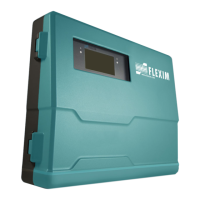
